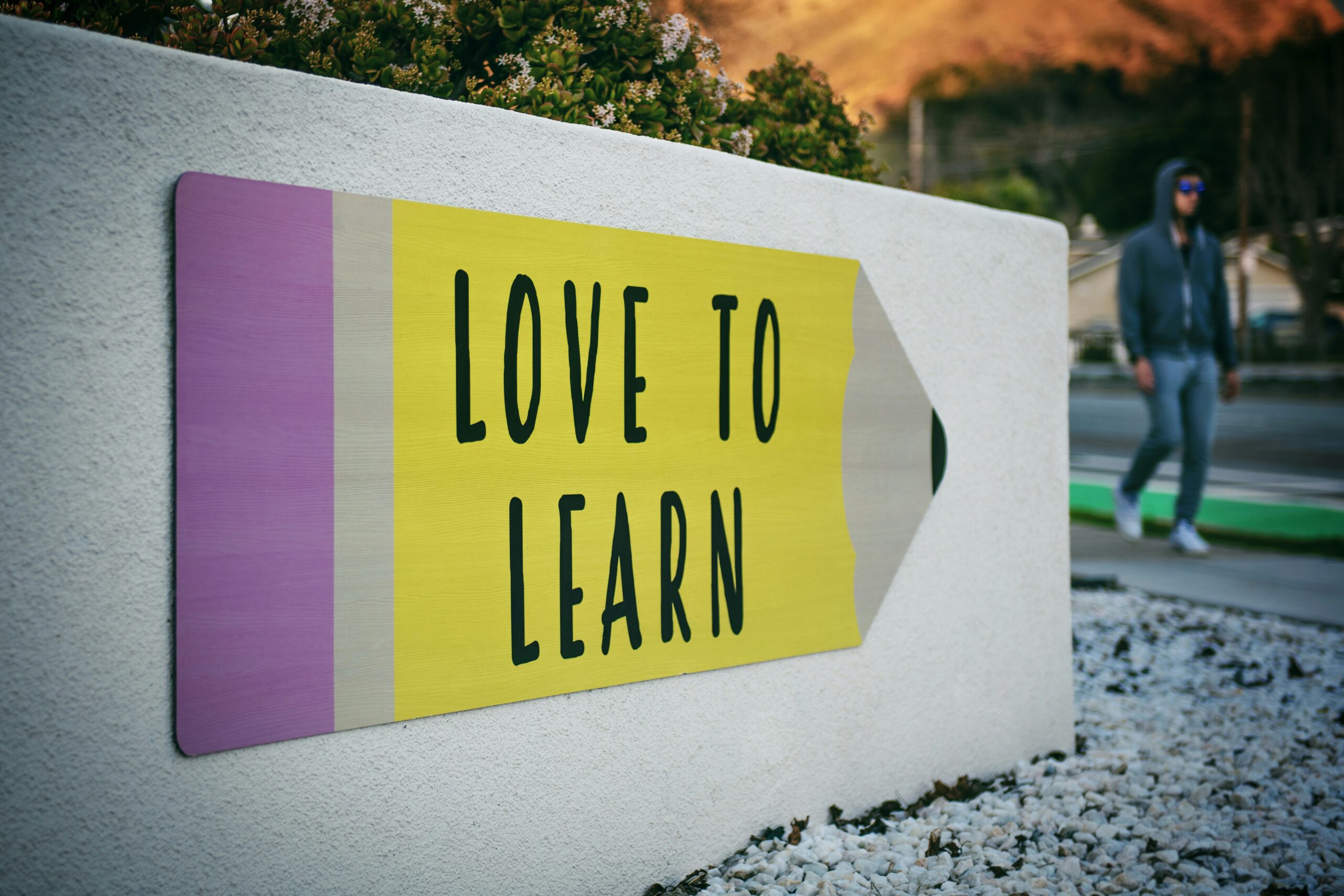

Education is a powerful tool. It shapes minds and opens doors to opportunities. Yet, for many students, traditional educational systems can feel exclusive and unwelcoming. This is where inclusive education steps in, breaking down barriers and fostering an environment where every student can thrive.
Imagine a classroom buzzing with diverse voices—each one unique yet equally valued. Inclusive education embraces this diversity, allowing all learners to participate fully regardless of their backgrounds or abilities. It’s about creating spaces that celebrate differences rather than highlighting them as obstacles.
As we explore the concept of inclusive education, we’ll uncover its benefits, address common challenges, share successful case studies from around the globe, and discuss practical strategies for implementation. Let’s embark on this journey together and discover how inclusivity can transform our educational landscape!
Understanding Inclusive Education
Inclusive education is more than just a teaching approach; it’s a philosophy that values every student’s right to learn. It focuses on integrating all students, regardless of their physical, intellectual, or emotional challenges, into mainstream classrooms.
At its core, inclusive education promotes the idea that diversity enhances learning experiences for everyone. When students from different backgrounds come together, they share perspectives and build empathy.
This model encourages collaboration among educators. Teachers work as a team to adapt lessons and create environments where each learner can flourish.
In an inclusive classroom, differences are celebrated rather than hidden away. This creates an atmosphere of acceptance and respect. Students not only gain academic knowledge but also essential life skills like teamwork and understanding.
Embracing inclusion in education ensures that no child is left behind. It lays the groundwork for future generations who value diversity in all aspects of life.
Benefits of Inclusive Education for All Students
Inclusive education fosters a sense of belonging among all students. When children learn alongside their peers, they develop empathy and understanding that transcends differences.
This environment encourages collaboration. Students share diverse perspectives, enhancing problem-solving skills and creativity. Learning becomes richer when various viewpoints are considered.
Academic performance can improve as well. Research shows that inclusive classrooms often lead to higher achievement for both students with disabilities and their typically developing peers. This happens through increased motivation and engagement.
Social skills blossom in inclusive settings too. Children learn to communicate effectively and respect one another’s uniqueness, preparing them for a diverse world.
Moreover, inclusive education benefits teachers by promoting professional growth. Instructors gain valuable experience working with varied learning styles, ultimately enriching their teaching methods and broadening their impact on student success.
Challenges and Barriers to Inclusive Education
Inclusive education faces numerous challenges. One significant barrier is the lack of resources. Many schools struggle to find adequate funding for specialized staff and materials.
Additionally, teacher training often falls short. Not all educators receive the necessary preparation to address diverse learning needs effectively. This gap can hinder students’ progress.
Cultural attitudes also play a role in these barriers. Some communities may not fully embrace inclusive practices due to misconceptions about disabilities or differences in learning styles.
Classroom dynamics present another challenge. Balancing individual support with group activities requires skill and patience that some teachers may not possess yet.
Policy inconsistencies can impede efforts toward inclusivity. Without clear guidelines at local or national levels, schools might adopt varied approaches that lead to confusion rather than collaboration among stakeholders.
Strategies for Implementing Inclusive Education
Creating an inclusive education environment begins with teacher training. Educators should be equipped with strategies to address diverse learning needs. Professional development workshops can provide essential tools.
Next, fostering collaboration among staff is vital. Regular meetings between general and special education teachers encourage shared insights and resources. This teamwork enhances support for all students.
Incorporating technology also plays a crucial role. Adaptive technologies can bridge gaps in learning by personalizing experiences for each student. Classroom modifications, like flexible seating arrangements, cater to different learning styles too.
Engaging families in the process strengthens the community bond. Open communication about individual student progress fosters trust and commitment from parents and guardians. Their involvement creates a supportive network that benefits everyone involved in the educational journey.
Case Studies: Successful Inclusive Education Programs
One inspiring example of inclusive education is found in Finland. The country has adopted a model where special needs students learn alongside their peers. Teachers receive training to support diverse learning styles, fostering an environment that values every student’s contributions.
In the United States, a program called “Collaborative Teaching” pairs general and special education teachers in classrooms. This approach not only benefits students with disabilities but also enriches the educational experience for all learners. Students often report feeling more included and engaged.
Another noteworthy initiative comes from Canada’s “Inclusive Schools Project.” This program promotes community involvement and encourages schools to adapt environments to meet varied needs. Parents and local organizations collaborate closely, creating a supportive network around each student.
These real-world examples show how successful inclusive programs can thrive when communities commit to shared goals of accessibility and understanding.
Conclusion
Inclusive education is essential for creating an equitable learning environment. It brings together students of different backgrounds, abilities, and needs. By breaking down barriers, we not only benefit those with disabilities but enrich the entire school community.
The positive impact of inclusive practices extends beyond academic performance. Students learn empathy, teamwork, and respect for diversity. When schools embrace inclusivity, they prepare all learners for a diverse world.
While challenges exist in implementing these programs—such as lack of resources or training—the rewards are significant. With effective strategies and support systems in place, success is achievable.
Many case studies demonstrate that inclusive education works when properly executed. Schools that prioritize collaboration among educators and families show remarkable improvements in student engagement and achievement.
Creating an inclusive educational system requires dedication from everyone involved: teachers, administrators, parents, and communities alike. As we move forward toward inclusion for all students, let’s continue to advocate for change that benefits everyone involved in the learning process.
